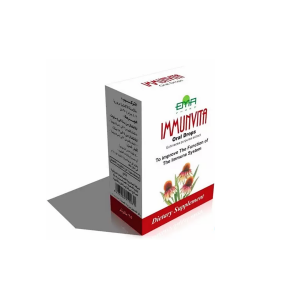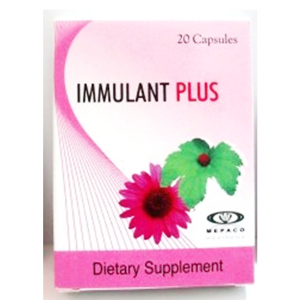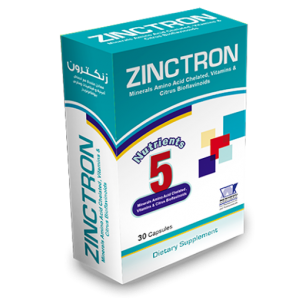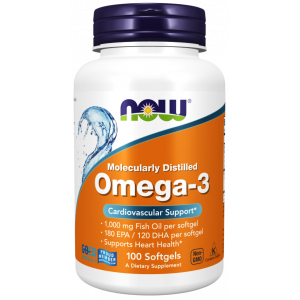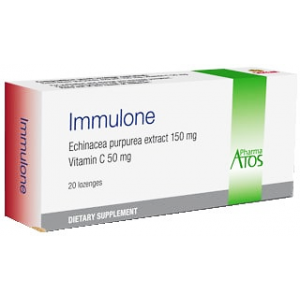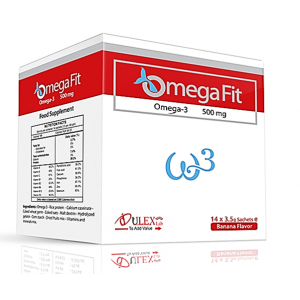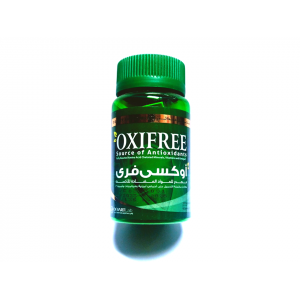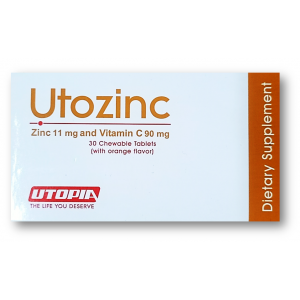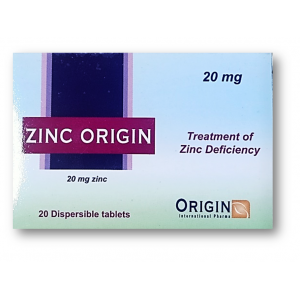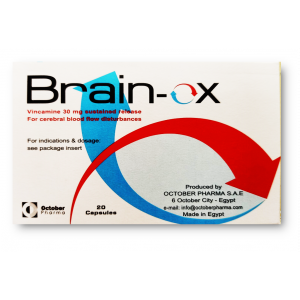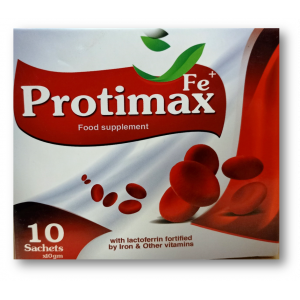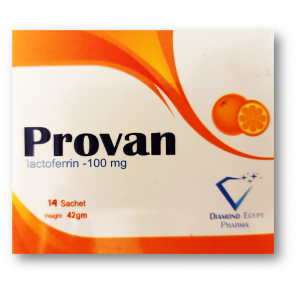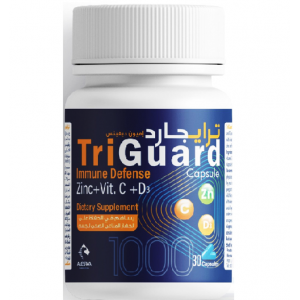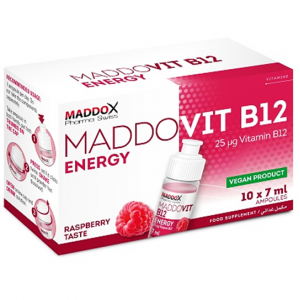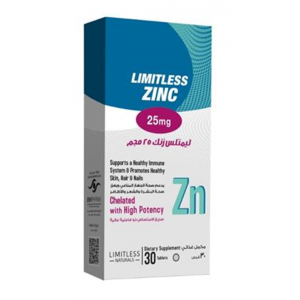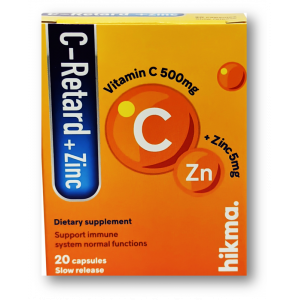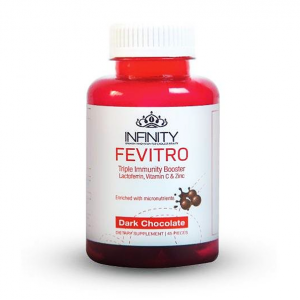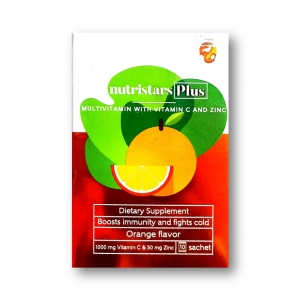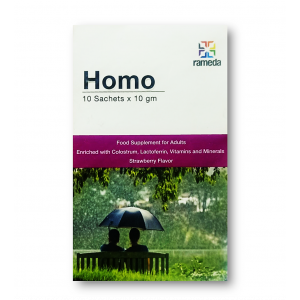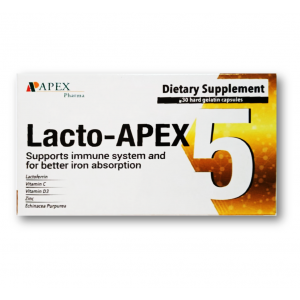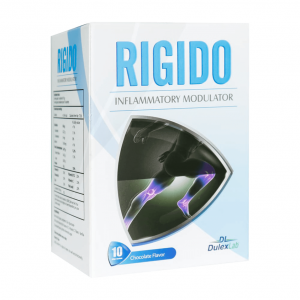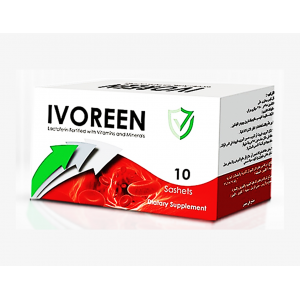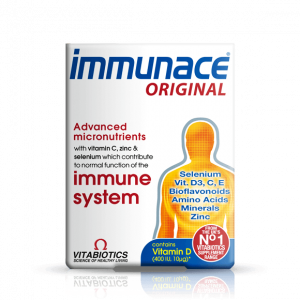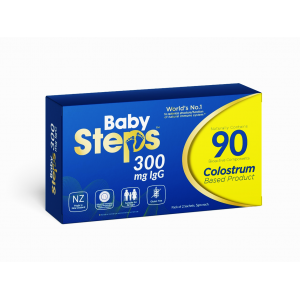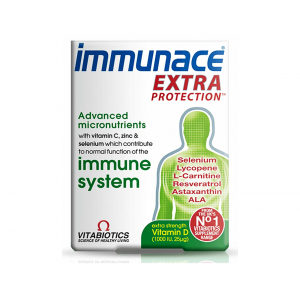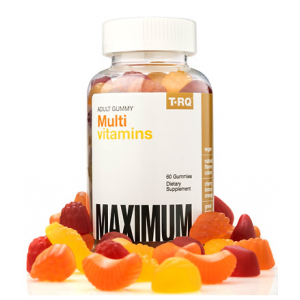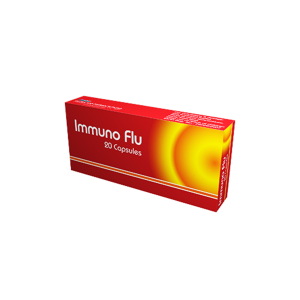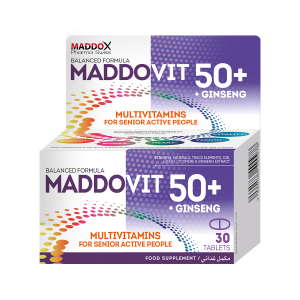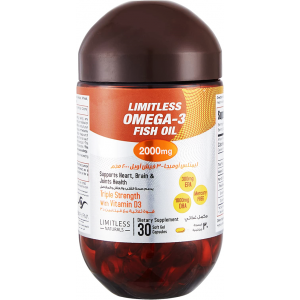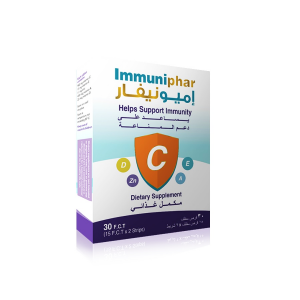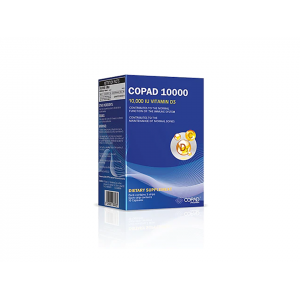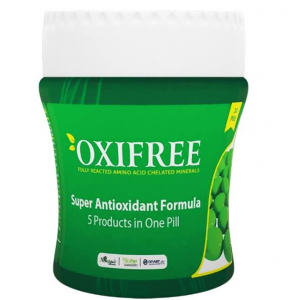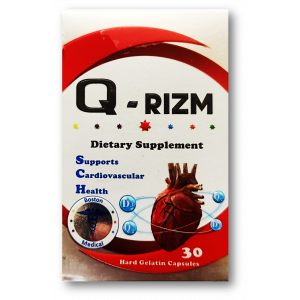- Anti-hestaminic & Respiratory Drugs (14)
- Anti-inflammatory Drugs (133)
- Baby & Mom (1112) +-
- Baby & Mom > Bath, skin & Hair > Skin Care > wibes (47)
- Beauty (2406) +-
- Beauty > Skin Care > whitening (232)
- Chemotherapy & Immune Response (274) +-
- Chemotherapy & Immune Response > ANTI-FUNGAL (2)
- Chemotherapy & Immune Response > Chemotherapeutic Agents > Hormone Antagonists >Enzyme Inhibitors (89)
- CIRCULATORY DISTURBANCE AGENTS (15)
- CORTECOSTEROIDS (6)
- Diet & Fitness Products (186) +-
- DRUG AFFECTING CENTRAL NERVOUS SYSTEM (138)
- Drugs affecting CNS >Anti- epileptic (46)
- LIVER SUPPORT>MULTIVITAMINS (22)
-
Medical Supplies (446)
+-
- Chemicals & Disinfectants (18)
- Dental Supplies (31)
- Devices & Instruments (7)
- Diabetic Supplies (91)
- General Medical Supplies (21)
- I.V & Medical Solution (0)
- Intensive Care Unit & Anesthesia Supplies (0)
- Kindney Unit Supplies (13)
- Lab Supplies (1)
- Miscellaneous (22)
- Neonatal Unit Supplies (0)
- Operation Room Supplies (4)
- Sanitary (5)
- Sterilization Supplies (0)
- Surgical Sutures (4)
- Syringes (2)
-
Medicines & Health (2172)
+-
- Allergy & Sinus (84)
- Children's Health Care (46)
- Cough, Cold & Flu (257)
- Digestive Health & Nausea (178)
- Ear, Nose & Throat Care (148)
- Eye Care (102)
- Feminine Care (285)
- Foot Care (3)
- Orthopaedic Appliances (0)
- Pain Relief & Management (180)
- Pill Organizer (0)
- Skin Treatments (639)
- Sleep & Snoring Aids (0)
- Support & Braces (7)
- Medicines & health > Gout releif (34)
- Natural & Organic Products (58) +-
- OTC > Analgesics > Anti-inflammatory Drugs (32)
-
Personal Care (2699)
+-
- Bath & Body (214)
- Deodorant & Anti-perspirants (159)
- Ear, Nose & Throat Care (141)
- Eye Care (108)
- Feminine Care (319)
- Foot Care (10)
- Hair Care (349)
- Home Tests & Monitorings (14)
- Incontinence (7)
- Lip Care (19)
- Massage & Relaxation (14)
- Natural & Organic Personal Care (6)
- Oral Care (76)
- Pregnancy & Fertility (52)
- Shaving & Grooming (55)
- Sun Care (52)
- Prescribtion drugs > cardiovascular system > Hypertention drugs (202)
-
Prescription Drugs (2165)
+-
- Analgesics (149)
- Cardiovascular System (274)
- Drugs Affecting CNS (155)
- Drugs Affecting Musculoskeletal System (46)
- Drugs Used In Infections (29)
- Ear & Nose Drugs (2)
- Endocrine System (124)
- Gastrointestinal Tract (178)
- Gastrointestinal Tract (165)
- Miscellaneous (2)
- Nutrients & Blood Electrolytes (0)
- Obstetric & Gynaecology Disorders (1)
- Respiratory System (96)
- Topical Preparations (21)
- Urinary Tract Disorders (12)
- Vaccines (0)
- Prescription Drugs > Cardiovascular System > Anti-hypertensive drugs > Duiretics > Loop duiretics (42)
- prescription drugs > cardiovascular system >Anti-hypertensive drugs > duiretics > Aldosterone antagonist duiretics (62)
- prescription drugs > cardiovascular system >Anti-hypertensive drugs > duiretics > duiretic combinations (59)
- prescription drugs > cardiovascular system >Anti-hypertensive drugs > duiretics > loop duiretics (59)
- Prescription Drugs > Gastrointestinal Tract > Liver treatment (47)
- Sexual Wellness (165) +-
- strong anti-emetic & adjuvent used with anti-neoplastic (1)
- Vitamins & Minerals Supplements (393)
- Vitamins & Supplements> folic acid (1602) +-
Ex Tax: 98EGP
Example
You can return the product within 14 days of purchase.
ReturnsYou can return the product within 14 days of purchase.

Rovitan 100 mg ( Lactoferrin + Vitamin C + Zinc ) 14 sachets
Lactoferrin is a protein found in cow milk and human milk. Colostrum, the first milk produced after a baby is born, contains about seven times more lactoferrin than is found in milk produced later on. Lactoferrin is also found in fluids in the eye, nose, respiratory tract, intestine, and elsewhere. People use lactoferrin as medicine.
Some people worry about getting "mad cow disease" from lactoferrin that is taken from cows, but this risk is generally considered very small. Additionally, most lactoferrin supplements are produced from specially engineered rice.
Lactoferrin is used for diarrhea, swelling (inflammation) of the liver caused by the hepatitis C virus (hepatitis C), low levels of healthy red blood cells (anemia) due to iron deficiency, common cold, blood infection (sepsis), and many other conditions, but there is no good scientific evidence to support most of these uses.
In industrial agriculture, lactoferrin is used to kill bacteria during meat processing.
How does it work?
Lactoferrin helps regulate how well iron is absorbed into the body from the intestine.
It also seems to protect against infections from bacteria, viruses, and fungi. Lactoferrin seems to slow down the growth of bacteria by starving them of nutrients. It also destroys the walls around the bacteria. The lactoferrin contained in mother's milk is thought to help protect breast-fed infants against infections.
Lactoferrin also seems to be involved with the production of blood cells and how well the body fights off infections.
Possibly Effective for
Low iron levels in women who are pregnant. Some research shows that taking lactoferrin as a source of iron during pregnancy might be as effective as ferrous sulfate supplements.
Insufficient Evidence for
Diarrhea in people taking antibiotics (antibiotic-associated diarrhea). Early research suggests that taking lactoferrin helps to prevent diarrhea from antibiotics in older people.
Low levels of healthy red blood cells (anemia) caused by cancer drug treatment. Early research in people with cancer who have low levels of red blood cells shows that taking lactoferrin as a source of iron might be as effective as receiving iron injections.
Diarrhea. Early research shows that taking lactoferrin does not reduce the chances of diarrhea in young children that have been weaned from breast milk.
A digestive tract infection that can lead to ulcers (Helicobacter pylori or H. pylori). It is not clear if taking lactoferrin from cows (bovine lactoferrin) helps standard H. pylori treatments to work better. Some studies show bovine lactoferrin improves how well these medications work. But other studies show no benefit. However, studies do agree that taking lactoferrin alone is not effective for treating H. pylori infection.
Swelling (inflammation) of the liver caused by the hepatitis C virus (hepatitis C). Early research shows that taking lactoferrin from cows might improve some blood levels in people with hepatitis C.
A serious intestinal disease in premature infants (necrotizing enterocolitis or NEC). Early research suggests that giving lactoferrin to premature infants while they are in the hospital helps to prevent the development of necrotizing enterocolitis (NEC).
Psoriasis. Early research shows that taking lactoferrin by mouth and applying it to the skin might reduce symptoms like redness and scaling in people with psoriasis.
Blood infection (sepsis). Early research suggests that giving lactoferrin to premature infants while they are in the hospital helps to prevent serious blood infections.
Common cold.
Eczema (atopic dermatitis).
Other conditions.
More evidence is needed to rate the effectiveness of lactoferrin for these uses.
Side Effects & Safety
When taken by mouth: Lactoferrin is LIKELY SAFE in the amounts found in food. Consuming higher amounts of lactoferrin from cow's milk is POSSIBLY SAFE for up to a year. Human lactoferrin that is made from specially processed rice appears to be safe for up to 14 days. Lactoferrin can cause diarrhea. In very high doses, skin rash, loss of appetite, fatigue, chills, and constipation have been reported.
When applied to the skin: There isn't enough reliable information to know if lactoferrin is safe. It might cause skin irritation.
Special Precautions & Warnings:
Pregnancy and breast-feeding: Lactoferrin is LIKELY SAFE for pregnant and breast-feeding women when taken in food amounts. Lactoferrin is POSSIBLY SAFE in doses of 250 mg daily in women who are in the second or third trimester of pregnancy. But there isn't enough reliable information to know if these larger amounts used as medicine are safe when breast-feeding. Stay on the safe side and stick to food amounts.
Children: In infants and young children, lactoferrin is POSSIBLY SAFE when added to liquid food.
Interactions?
We currently have no information for LACTOFERRIN Interactions.
Dosing
The following doses have been studied in scientific research:
ADULTS
BY MOUTH:
For low iron levels in women who are pregnant: 200-250 mg lactoferrin each day for up to 8 weeks.


Write a review
Your Name:Your Review: Note: HTML is not translated!
Rating: Bad Good
Enter the code in the box below:




